Same Day Shipping EMI & COD on most products
Trusted Partner Since 1969
GST B2B Billing  Help
Help  00919699976817
00919699976817
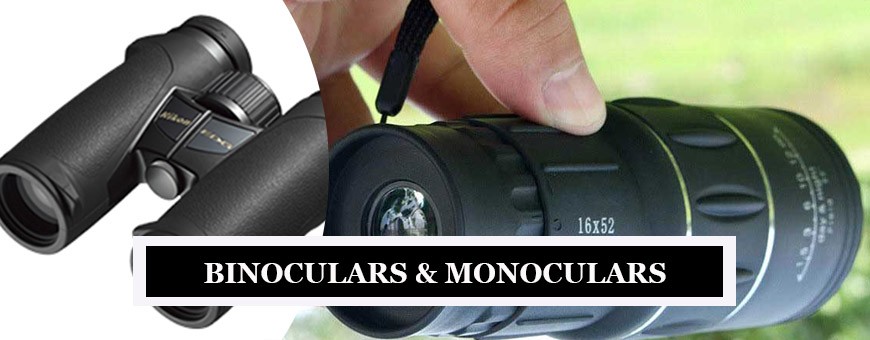

Showing 1–24 of 178 results
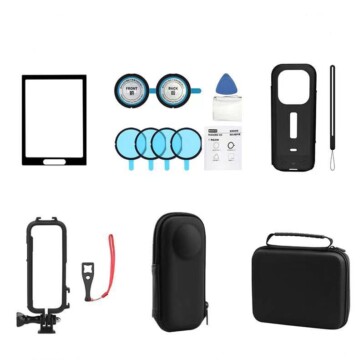
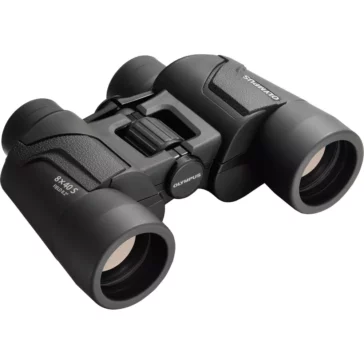
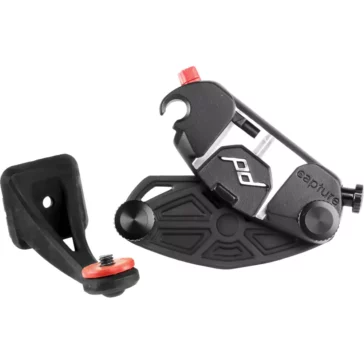
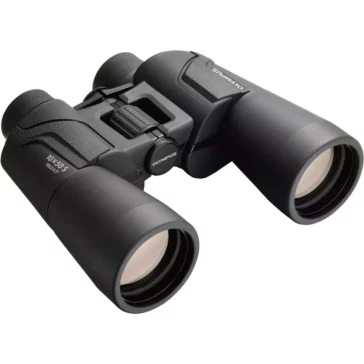
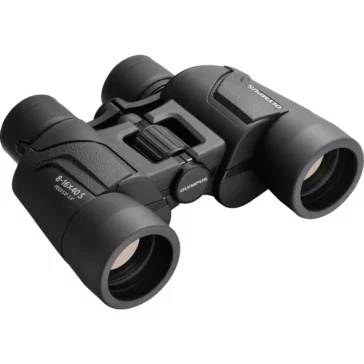
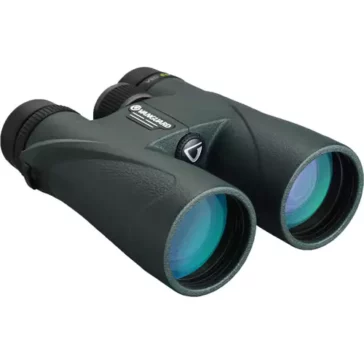
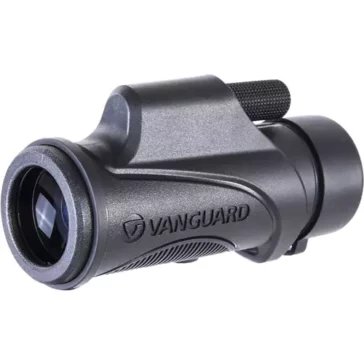
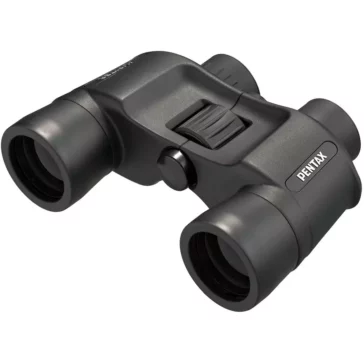

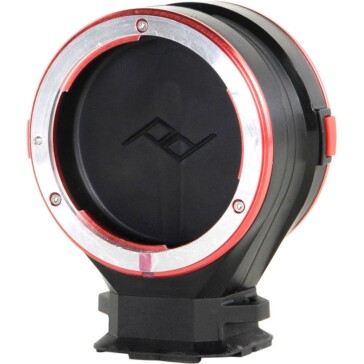
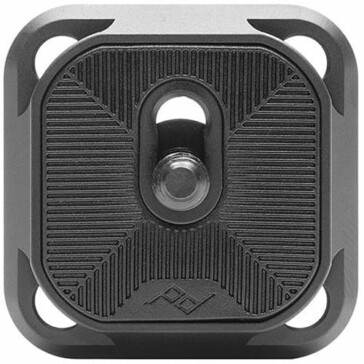

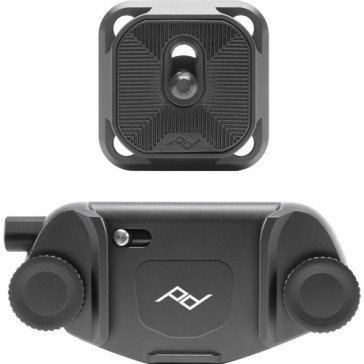
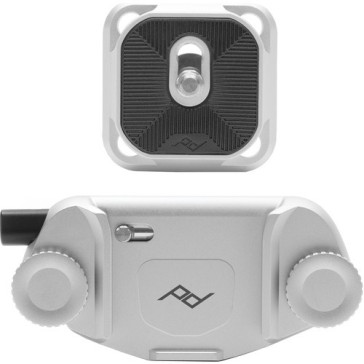
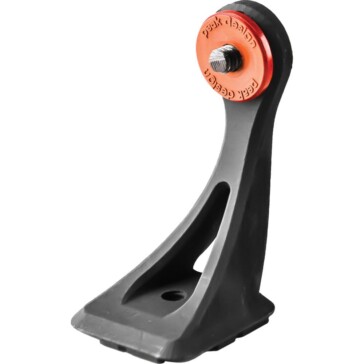
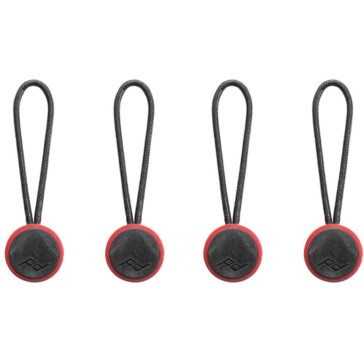
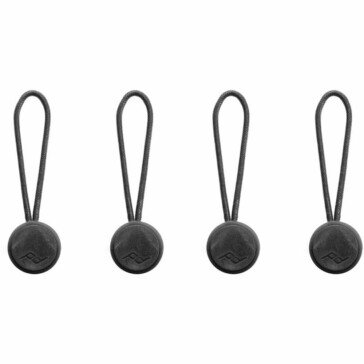

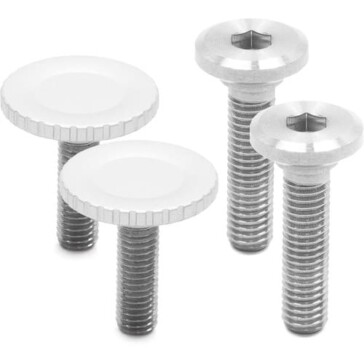
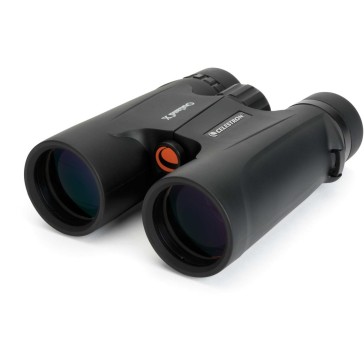
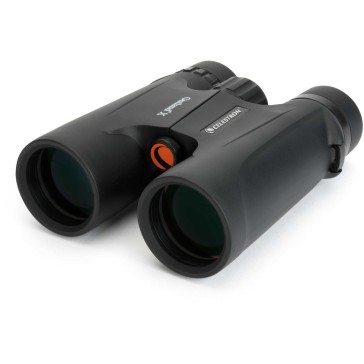
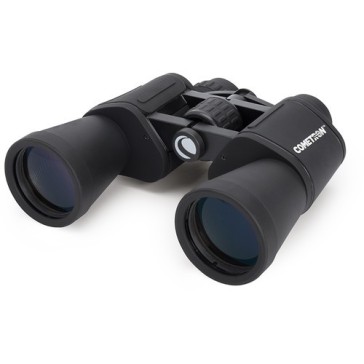
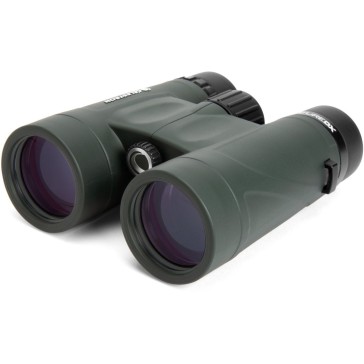
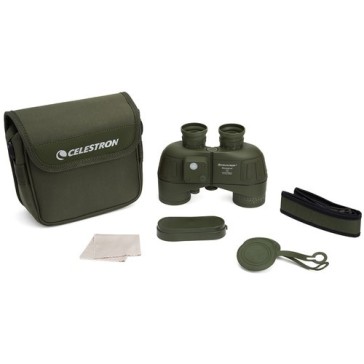
Binoculars & Monoculars: A Comprehensive Guide
The world of optics has seen a significant evolution over the years, with binoculars and monoculars standing out as two of the most popular optical instruments. These devices are essential for various activities, from birdwatching and stargazing to sports events and hiking. In this guide, we’ll delve deep into the world of binoculars and monoculars, highlighting their features, benefits, and how to choose the right one for your needs.
Understanding Binoculars
Binoculars are optical devices that use two aligned telescopic tubes to magnify distant objects. They offer a 3D image and provide depth perception, making them ideal for activities like birdwatching, sports events, and more.
Key Features of Binoculars:
Magnification: This refers to how much larger the object appears compared to viewing it with the naked eye.
Objective Lens Diameter: The size of the front lens. A larger diameter allows more light, resulting in a brighter image.
Field of View: The width of the area seen through the binoculars.
Prism Type: Binoculars use prisms to correct the orientation of the image. The two main types are Porro and Roof prisms.
Benefits of Using Binoculars:
Depth Perception: Provides a three-dimensional view.
Wider Field of View: Ideal for watching moving objects like birds or sports players.
Comfort: Easier on the eyes during extended use.
Understanding Monoculars
Monoculars are similar to binoculars but have a single telescopic tube. They are compact, lightweight, and easy to carry, making them perfect for quick observations.
Key Features of Monoculars:
Size and Weight: Generally smaller and lighter than binoculars.
Magnification: Like binoculars, they magnify distant objects, but they offer a 2D view.
Field of View: Typically narrower than binoculars.
Benefits of Using Monoculars:
Portability: Easy to carry in a pocket or hang around the neck.
Quick Use: Ideal for short-term observations.
Versatility: Can be used in various settings, from concerts to hiking.
Choosing Between Binoculars and Monoculars
Your choice between these two devices depends on your intended use. If you need depth perception and a wider field of view, binoculars are the way to go. However, if you prioritize portability and quick use, a monocular might be more suitable.
Conclusion
Both binoculars and monoculars have their unique advantages. While binoculars offer a more immersive viewing experience, monoculars stand out for their convenience and portability. By understanding your needs and the features of these optical devices, you can make an informed decision and enhance your viewing experience.
Binoculars use two telescopic tubes, providing a 3D image and depth perception, while monoculars have a single tube offering a 2D view. Binoculars generally have a wider field of view, whereas monoculars are more compact and portable.
The objective lens diameter determines how much light the binoculars can gather. A larger diameter results in a brighter image, especially in low-light conditions.
Yes, monoculars can be used for stargazing. However, they might not provide as detailed a view as binoculars or telescopes due to their narrower field of view and lower magnification.
Prisms in binoculars correct the orientation of the image. They ensure that the image appears upright and not inverted. The two main types of prisms used in binoculars are Porro and Roof prisms.



Most units are shipped same day using professional courier services with tracking.
We work round the clock to ensure you get the highest level of customer satisfaction.
Well packed, Sealed Units are shipped from our warehouse which are waterpoof & sturdy.
Design Info
GST: 27AYUPJ2628P1ZK
No.1, Saremals, Shastri Hall Building,
Nana Chowk, Grant Road West,
Mumbai 400007, Maharashtra, India
New Delhi Branch – South Ex 2, 110049
Also Ships DAILY from Brisbane, Dubai,
Berlin, Barcelona, Detroit & Vancouver.
Connect online / schedule a demo
Call/WhatsApp: +91-9699976817
Email: [email protected]
Live Chat: Business Hours
Follow Us: @designinfo.in
Copyright © 2014-2022 Design Info All Rights Reserved. Feedback on web experience
Since 1969